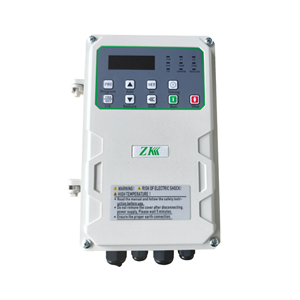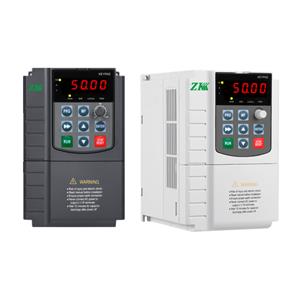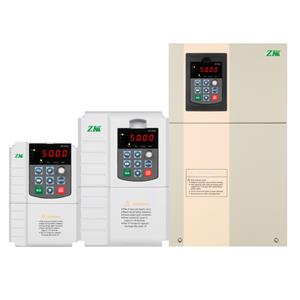The Impact of Inverter Output Filters on Motor Protection
With the growing adoption of variable frequency drives (VFDs) in industrial and commercial applications, the need for effective motor protection has become increasingly important. Variable frequency drives (VFDs) provide precise speed and torque control for electric motors, improving energy efficiency and process flexibility. However, the use of variable frequency drives (VFDs) introduces certain electrical challenges, particularly at the output stage, which can adversely affect motor reliability and lifespan. One of the most effective solutions to mitigate these issues is the implementation of inverter output filters.
Understanding Inverter Output Filters
Inverter output filters are electrical devices installed between the variable frequency drive (VFD) and the motor. Their primary function is to smooth the pulse-width modulated (PWM) voltage waveform generated by the variable frequency drive (VFD), reducing the high-frequency components and voltage spikes that are typically present in the output. The most common types of inverter output filters include sine wave filters, dV/dt filters, and common-mode chokes.
Sine Wave Filters: These inverter output filters convert the PWM output of the variable frequency drive (VFD) into a near-sinusoidal waveform, closely resembling the voltage produced by a traditional power grid.
dV/dt Filters: These inverter output filters are designed to limit the rate of voltage change (dV/dt) at the motor terminals, which helps prevent insulation stress and partial discharge in the motor windings.
Common-mode Chokes: These inverter output filters focus on reducing common-mode noise and leakage currents, which can cause bearing currents and electromagnetic interference (EMI).
How Inverter Output Filters Protect Motors
Reduction of Voltage Peaks and dV/dt
The rapid switching of IGBTs (Insulated Gate Bipolar Transistors) in modern variable frequency drives (VFDs) generates high-frequency voltage pulses at the output. When these pulses travel along the cable to the motor, they can cause voltage overshoots and steep voltage rise times (high dV/dt) at the motor terminals. These conditions can exceed the insulation rating of the motor windings, leading to premature insulation breakdown, partial discharge, and ultimately motor failure. Inverter output filters, especially dV/dt and sine wave filters, significantly reduce these voltage peaks and dV/dt values, thus extending the motor's operational life and reliability.
Mitigation of Bearing Currents
Common-mode voltage generated by variable frequency drives (VFDs) can induce circulating currents in the motor bearings. Over time, these currents can cause electrical discharge machining (EDM) and pitting on the bearing surfaces, resulting in increased vibration, noise, and eventual bearing failure. Inverter output filters, particularly common-mode chokes, help to suppress common-mode voltages and reduce the risk of bearing currents, thereby protecting the motor's mechanical components.
Minimization of Electromagnetic Interference (EMI)
Variable frequency drives (VFDs) are a source of electromagnetic interference due to their high-frequency switching operation. This EMI can affect nearby sensitive equipment and even disrupt communication systems. Inverter output filters attenuate the high-frequency noise, ensuring electromagnetic compatibility (EMC) and reducing the risk of interference with other devices in the facility.
Enabling the Use of Standard Motors with Long Cables
The use of variable frequency drives (VFDs) with long motor cables can amplify the negative effects of reflected waves, voltage peaks, and EMI. Inverter output filters allow standard motors (not specifically designed for inverter duty) to be used safely in applications with extended cable lengths by mitigating these harmful effects. This reduces the need for expensive inverter-duty motors and provides greater flexibility in system design.
Improved Motor Efficiency and Reduced Heating
By providing a cleaner, more sinusoidal voltage waveform to the motor, inverter output filters help reduce additional losses and heating that can occur due to harmonics and high-frequency currents. Lower motor temperatures contribute to longer insulation life and reduced maintenance costs.
Inverter output filters play a critical role in motor protection when using variable frequency drives (VFDs). By addressing the electrical stresses imposed by PWM waveforms—such as voltage peaks, high dV/dt, bearing currents, and EMI—these inverter output filters help ensure the longevity, reliability, and safe operation of electric motors. Integrating the appropriate inverter output filter into a variable frequency drive (VFD)-driven system not only protects the motor but also enhances overall system performance, reduces maintenance costs, and supports compliance with EMC regulations. As variable frequency drive (VFD) applications continue to expand across industries, understanding and implementing effective inverter output filtering solutions is essential for optimal motor protection and system reliability.




